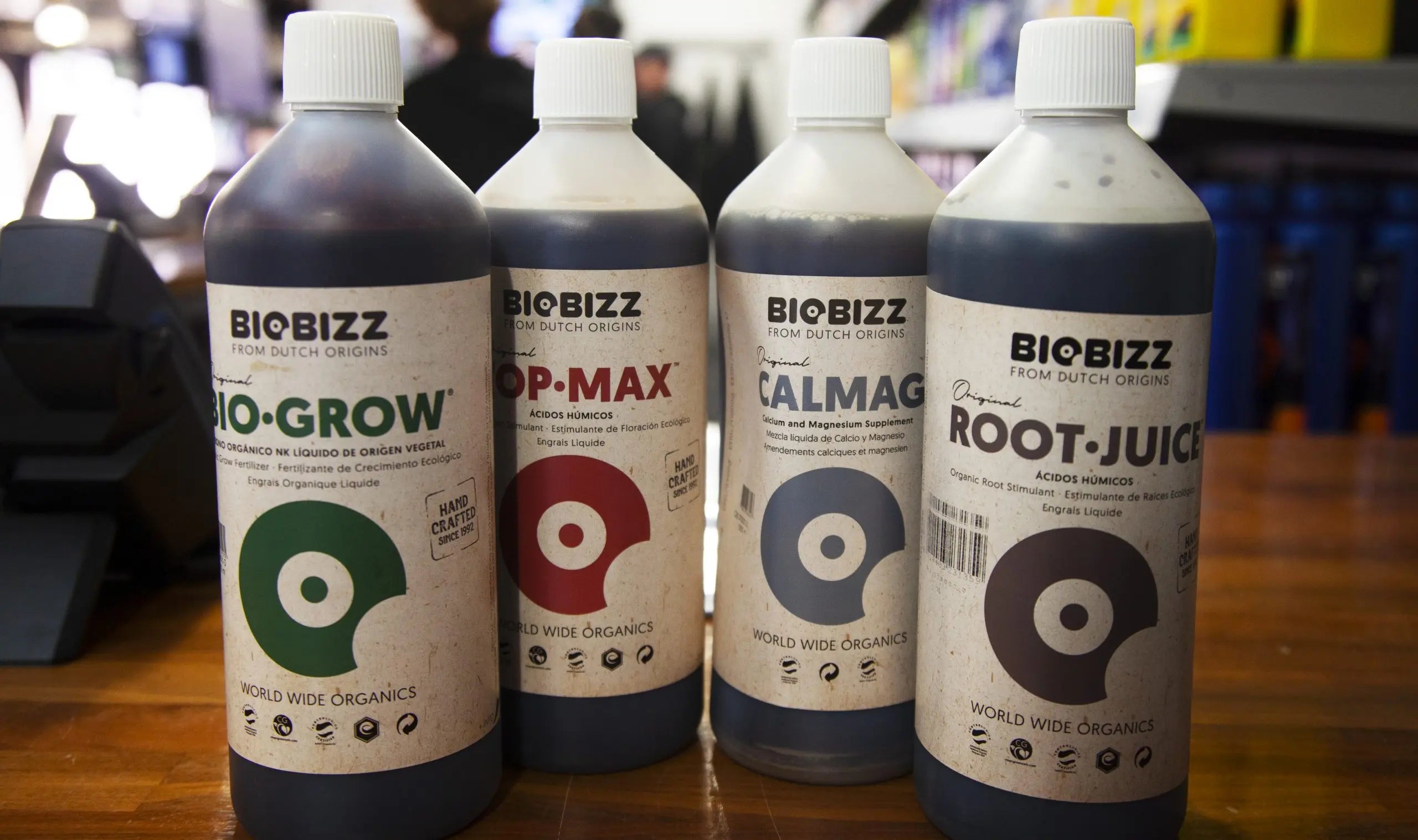It is generally accepted that for good human health, it is a wise idea to include lots of fruit and vegetables in our diet. Fruit and vegetables contain natural anti-oxidants, vitamins and micronutrients that are hard to get from other sources of food. On top of that, most fruit and vegetables are sources of fibre, which helps keep our digestive systems healthy. When you consider all that, it’s no wonder that our government recommends that we eat at least five portions of fruit and vegetables per day as a minimum, and that eating more than 5 a day might be even more beneficial.
Fresh or Frozen?
It is a curious irony that frozen vegetables often contain more of the beneficial nutrients than the fresh version sold on the supermarket shelves. There is a very good reason for this. From the very moment that fruit and vegetables are picked, all the healthy anti-oxidants, vitamins and micronutrients begin to break down. Frozen fruit and vegetables are usually processed within a very short time of being picked (typically within one to two hours). Whereas, fresh vegetables found on the supermarket shelves have often taken quite some time to get there since being picked, and may sit on the shelf for a day or more before finally being bought, taken home and eaten. Add on to this that the fruit or vegetables might then sit in the consumer’s fridge for a day or two before being eaten, and you have a product that can contain less of the good stuff than the frozen version.
Does this mean that frozen fruit and vegetables are as good as you can get? Unfortunately, the answer to this is also “no”. Although freezing locks in the nutrients until the fruit or vegetables are eaten, before the produce can be frozen it must usually be blanched in hot water to kill any bacteria. This blanching process removes some of the water soluble nutrients such as vitamin C. So, frozen fruit and vegetables aren’t exactly the perfect option either!
Getting the most from the fruit and vegetables that we eat
For getting the most nutrition from the food we eat, research shows that our fruit and vegetables should:
- Be picked at the peak of ripeness.
- Spend as little time as possible getting from the plant to the plate, preferably without blanching and freezing.
- In descending order of preference, they should be prepared in the following way:
- Eaten raw.
- Pressure cooked, steamed or microwaved.
- Boiled, grilled or roasted.
- Fried.
In order to get the best from our fruit and vegetables, it begins to be clear that growing your own just can’t be beaten. Growing hydroponically enables us to have fast growing plants, making the most of the space that we have. A garden with plants growing at different stages means that we can have fruit and vegetables near the peak of ripeness on an almost continuous basis. Even a medium size garden can provide enough for two to three people if it is carefully planned, laid out and tended.
The fact that when we grow our own fruit and vegetables, they can literally be prepared and eaten within an hour of being picked means that we are certain to be getting the maximum amount of all the wonderful benefits that fruit and vegetables can provide for us.
A particular note about herbs and spices
It’s no great secret that the best restaurants use only freshly picked herbs and spices in their dishes. It’s one of the reasons that their food tastes so great. While dried herbs and spices from a spice rack aren’t exactly terrible, the flavour that they add to food sometimes only hints at what can be achieved with the fresh article. This can be easily tested for yourself at home. Next time you are making a curry, use dried coriander in one half and use freshly picked coriander from a store bought plant in the other half. The results will speak for themselves.
Going to the next level with organic growing
Hydroponics definitely provides the key to getting the maximum amount of fresh produce per year from a given garden-space. However, hydroponics does not lend itself very well to growing with organic nutrients. This is mainly because organic nutrients tend to be thick and contain particles which can clump together to create blockages in dripper and feed lines. From a practical point of view, growing organically is best implemented by the hand-watering of plants grown which are being grown in soil or coco peat.
A lot has been bandied about in the press regarding the even greater nutrition and flavour from organically grown fruit and vegetables. While less can be grown per year in a similar size space than by using hydroponics, for those who have plenty of space and the dedication to do so, growing organically can provide the luxury of what many call the “ultimate” natural fruit and vegetable flavour experience, and is widely regarded as the most healthful produce possible.
Although an organic garden is less space-efficient in terms of annual yields, and is arguably more time intensive, it is still surprising what can be achieved by the experienced grower. It is a compromise that only the individual can choose for themselves. If a grower wishes to go down this route which would seem to be generally recognised as providing the best in nutrition and flavour, the One Stop Grow Shop sells lots of superb organic grow products including Biobizz and Plant Magic. We can give lots of great advice on how to get the best from your garden space using organic feeds and soils but they are best used in hand watering as organic nutritne can clog drip and drain lines in a hydroponics system.

